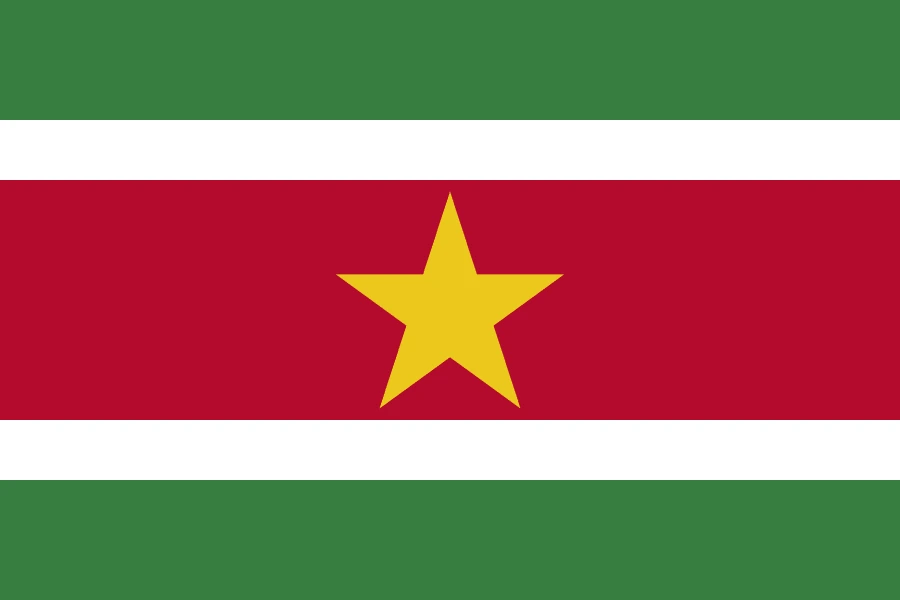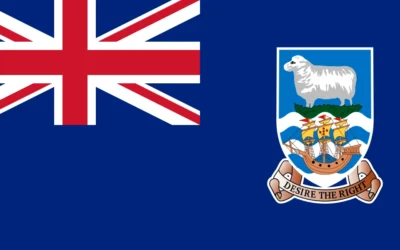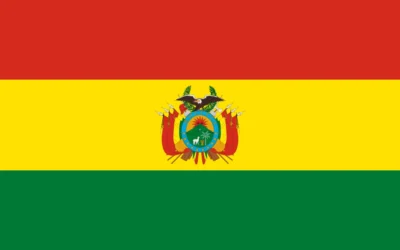Suriname Travel Guide
Discover Why You Should Visit Suriname
Why Visit Suriname?
Suriname is South America’s smallest country, but one of its most culturally diverse and ecologically rich. Known for its pristine rainforests, colonial architecture, and vibrant ethnic fusion, Suriname offers a truly off-the-beaten-path experience. It’s perfect for travelers seeking authenticity, nature, and culture.
Ideal for: Cultural enthusiasts, nature lovers, and adventurous explorers.
Must-Know Facts
Capital/Major City: Paramaribo
Language(s): Dutch (official), with Sranan Tongo, Hindi, Javanese, and other languages widely spoken
Currency: Surinamese Dollar (SRD)
Best Time to Visit: February to April and August to November (dry seasons)
Fun Fact: Suriname is the only Dutch-speaking country in South America and has more than ten ethnic groups coexisting peacefully
Top Things to Do
Explore Paramaribo’s UNESCO-listed colonial center and colorful markets
Cruise the Upper Suriname River to visit Maroon villages and rainforest lodges
Hike to Voltzberg in the Central Suriname Nature Reserve
Visit Brownsberg Nature Park for panoramic views and wildlife spotting
Attend multicultural festivals such as Holi Phagwa, Keti Koti, or Diwali
Local Culture & Lifestyle
Suriname’s society is a vibrant mix of Indigenous, African, Indian, Javanese, Chinese, Dutch, and Jewish heritage. This diversity is celebrated in daily life, with interfaith harmony, multilingualism, and a wide array of cultural festivals. The lifestyle is laid-back and community-oriented, especially along the rivers.
Food & Drink Highlights
Street Food: Bara, roti wraps, pom, satay, baka bana (fried plantains)
Restaurants: Saoto soup, heri heri (root vegetable dish), nasi goreng, moksi-alesi (mixed rice)
Drinks: Parbo beer, dawet, ginger beer, tropical juices
Desserts: Bojo cake, fiadu, coconut sweets
Main Dish & Culinary Symbols
Signature Dish: Pom — a baked casserole of grated root vegetables, citrus juice, and chicken
Common Ingredients: Cassava, rice, plantains, fish, tropical herbs and spices
Culinary Culture: Fusion of African, Indian, Javanese, and Creole flavors
Symbols & Icons of the Area
Natural Icons: Amazonian rainforest, Suriname River, Raleighvallen reserve
Cultural Icons: Wooden Dutch buildings, Hindu temples, Maroon drums, Independence Square
Hidden Gems & Off-the-Beaten-Path
Galibi Nature Reserve — a nesting site for endangered sea turtles
Jodensavanne — historic Jewish settlement in the jungle
Palumeu — remote Indigenous village with guided eco-tours
Blanche Marie Falls — a secluded natural waterfall site
Shopping & Souvenirs
What to Buy: Maroon textiles, handmade jewelry, wooden carvings, local spices and condiments
Where to Shop: Paramaribo markets, artisanal stalls along the river, craft festivals
Getting Around
Public Transport: Buses and shared taxis are common in cities
Driving: Recommended for reaching nature reserves or remote villages
Boats: Essential for river travel to interior destinations
Travel Tips
Respect local customs during religious ceremonies
Use insect repellent and drink bottled water in rural areas
Local guides are essential for jungle exploration
Dutch is the official language, but many locals speak English or Sranan Tongo
Where to Stay
Budget: Hostels and guesthouses in Paramaribo
Mid-range: Small hotels and riverside lodges
Luxury: Eco-resorts deep in the rainforest with all-inclusive nature programs
Unique: Jungle cabins and traditional homestays with Maroon or Indigenous families
Sample 4-Day Itinerary
Day 1: Arrive in Paramaribo, tour colonial sites and enjoy multicultural cuisine
Day 2: Travel by boat to Upper Suriname River for cultural immersion
Day 3: Explore Brownsberg or Central Suriname Nature Reserve
Day 4: Return to Paramaribo for shopping and riverside dining






0 Comments